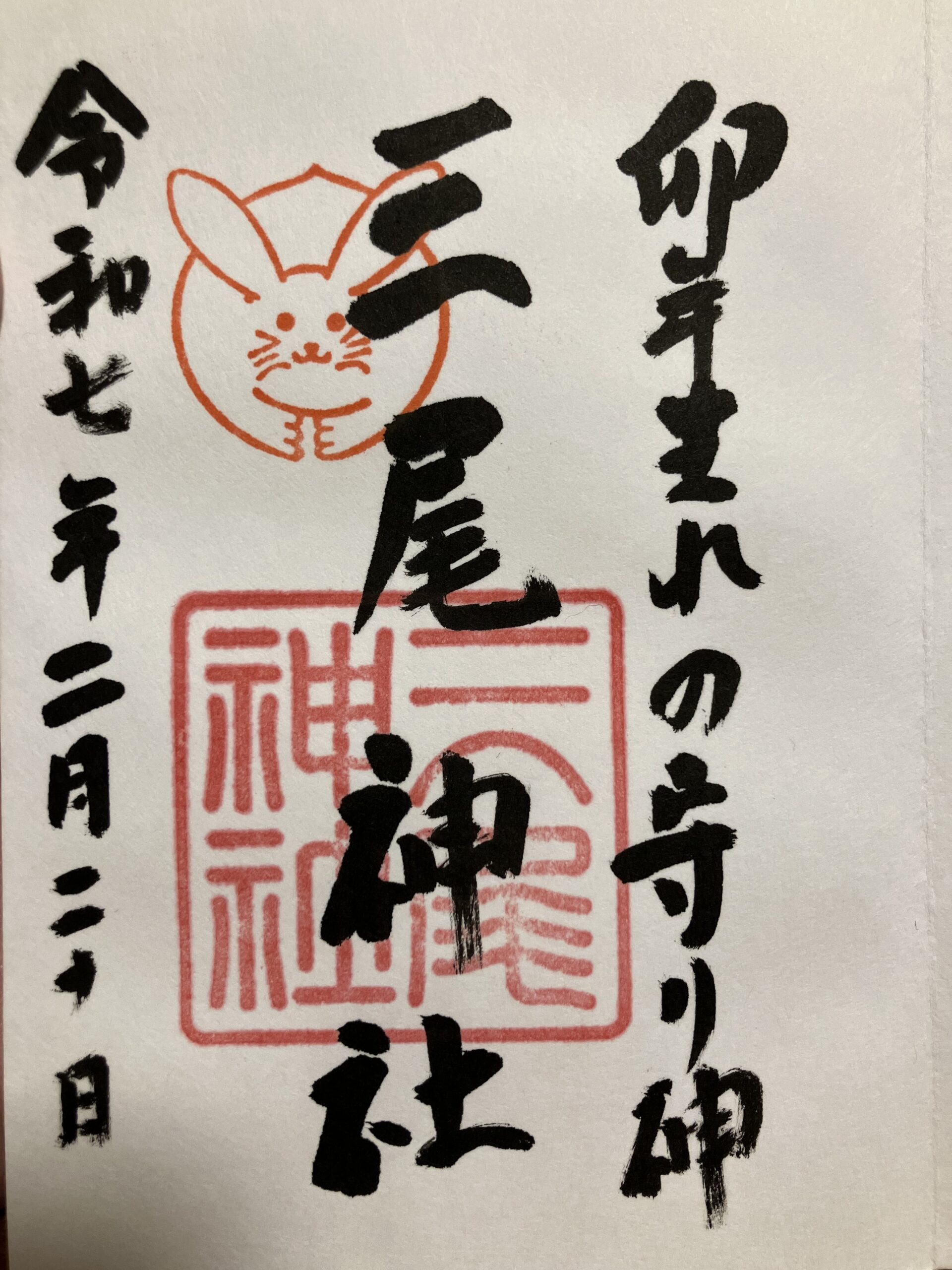Tucked away in Otsu City, Shiga Prefecture, Mio Shrine is a fascinating blend of history, spirituality, and cultural charm. Unlike the more famous shrines in Kyoto, this hidden gem offers a peaceful atmosphere, making it the perfect spot for those seeking a break from the bustling city. With its unique rabbit symbolism, rich history, and stunning natural surroundings, Mio Shrine is a must-visit destination for anyone looking to explore the deeper spiritual side of Japan.
The Rich History of Mio Shrine
A Sacred Site with Over 1,000 Years of Tradition
Mio Shrine was founded in 859 AD and has been a spiritual center for over a millennium. Historically, it served as a guardian shrine for Enryaku-ji Temple, one of Japan’s most important Buddhist monasteries, located on Mount Hiei. This connection made Mio Shrine a place of deep religious significance, attracting monks, warriors, and nobles throughout history.
A Shrine Associated with the Rabbit
One of the most unique aspects of Mio Shrine is its strong association with rabbits. The shrine’s crest, decorations, and even some of its omamori (protective charms) feature rabbit motifs. In Japanese culture, rabbits symbolize fertility, safety, and prosperity. Some legends even suggest that the shrine’s name, Mio, is linked to the image of a rabbit with three tails, representing divine protection.
Many visitors come here to pray for safe childbirth, good fortune, and success—especially those who believe in the power of animal symbolism in Japanese spirituality.
Surviving Fires and Wars
Like many ancient shrines, Mio Shrine has faced challenges throughout history, including fires and battles. However, it has been carefully preserved and restored, allowing visitors today to experience its traditional architecture and serene atmosphere.
Architectural Highlights of Mio Shrine
The Main Hall: A Masterpiece of Japanese Craftsmanship
The Honden (main hall) of Mio Shrine, rebuilt in 1426, is a beautiful example of Muromachi-period architecture. The intricate wooden carvings and elegant roof design reflect the artistic sensibilities of that era.
Standing in front of the main hall, you can feel the sacred energy that has drawn worshippers here for centuries. The sense of history is palpable, making it easy to imagine the monks and samurai who once prayed here.
The Rabbit Guardian Statues
At the entrance of the shrine, you’ll notice rabbit guardian statues instead of the usual lion-dog (komainu) statues found at most Japanese shrines. This unique feature immediately sets Mio Shrine apart and adds to its charming, mystical appeal.
A Pathway Surrounded by Nature
The shrine’s approach is lined with ancient trees, creating a peaceful and almost otherworldly atmosphere. Walking through this sacred space, you’ll feel a deep connection to nature, a fundamental aspect of Shinto belief.
Seasonal Beauty and Festivals at Mio Shrine
Spring: A Cherry Blossom Wonderland
During cherry blossom season, Mio Shrine transforms into a breathtaking pink paradise. The contrast between the delicate sakura petals and the historical wooden structures creates a perfectly picturesque scene.
Summer: A Refreshing Escape
The lush green trees provide shade and cool air, making Mio Shrine a pleasant escape from the summer heat. The sound of rustling leaves and distant temple bells add to the serene experience.
Autumn: A Burst of Red and Gold
In autumn, the shrine is surrounded by brilliant red and golden maple leaves. It’s a dream spot for photographers and anyone looking to experience the beauty of Japan’s seasonal changes.
Winter: A Tranquil, Snowy Retreat
A light dusting of snow turns Mio Shrine into a winter wonderland. The white landscape enhances the spiritual atmosphere, making it an ideal time for quiet reflection and meditation.
Spiritual and Cultural Experiences at Mio Shrine
Traditional Ceremonies and Rituals
Mio Shrine hosts various Shinto ceremonies throughout the year, where visitors can witness authentic rituals performed by priests in traditional attire. These ceremonies often involve prayers for good health, business prosperity, and family happiness.
Omamori and Fortune-Telling
Visitors can purchase special amulets (omamori) for luck, protection, and success. Mio Shrine’s rabbit-themed charms are particularly popular and make for a unique souvenir. You can also try omikuji (fortune slips) to receive a message about your future.
Meditation and Reflection
The calm and quiet environment makes Mio Shrine an excellent place for meditation and spiritual reflection. Many visitors come here to clear their minds and find inner peace.
How to Get to Mio Shrine
By Public Transportation
• From Kyoto Station: Take the JR Biwako Line to Otsu Station (about 9 minutes). From there, it’s a 20-minute walk or a 5-minute taxi ride.
• From Otsu Station: Take the Keihan Electric Railway to Miidera Station, then walk 10 minutes west to the shrine.
By Car
• From Kyoto: Drive via National Route 161 over Omi Ohashi Bridge (about 30 minutes).
• From Osaka: Take the Meishin Expressway, exit at Otsu Interchange, then drive 10 minutes to the shrine.
• Parking: A small parking area is available, but spaces are limited. Arriving early is recommended.
Why You Should Visit Mio Shrine
Mio Shrine is a hidden gem that offers a unique spiritual experience unlike any other. From its rabbit symbolism and historical significance to its stunning seasonal landscapes, it’s a perfect destination for travelers seeking an off-the-beaten-path adventure.
If you want to connect with Japan’s history, culture, and nature in a peaceful, authentic setting, Mio Shrine is the place to go. Whether you visit for the beautiful scenery, spiritual energy, or cultural charm, one thing is certain—you’ll leave with a sense of peace and wonder that stays with you long after your journey ends.



コメント